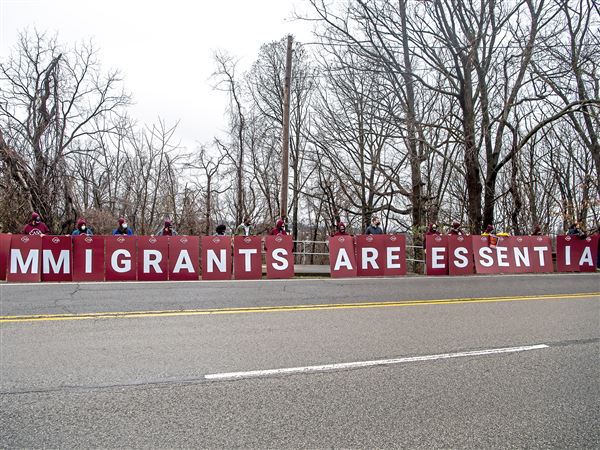Are you confused about social media? Does Twitter make your heart flutter? You're not alone. In many cases, figuring out the value and best practices for these takes time and a very open mind because they stretch the limits of the way you already like to use your time.
So imagine how difficult it can be when you take one of these already mind-stretching concepts and you use it in a way that takes you even farther off the main fairway. That's how you'll probably need to think of TweetChat.
TweetChat is using Twitter as an open chat mechanism, typing your words in an open conversation -- like shouting on a crowded street so everybody on the block can listen in.
Let me lay some groundwork, to head off confusion.
Twitter allows you to send public messages to whomever is following you online or via smartphone. These are called tweets. Each tweet is limited to 140 characters, so you need to be brief.
Anybody with a Twitter account can look at what you have posted, as long they know your Twitter handle; mine is @dradin.
Twitter also allows you to include hashtags in your message to indicate the subject area. Each hashtag starts with a # sign and indicates that you want people to know it's about a specific topic or person.
As I write this, a popular hashtag in Pittsburgh is #WhenMcCutcheonDealEnds (because the Pirates recently signed outfielder Andrew McCutcheon to a new multiyear contract). So I can search for that hashtag to follow what others are saying about the contract.
When you conduct a TweetChat, you ask all participants to be available during a specific time slot and use the same hashtag with all their tweets during that period. It becomes a conversation in which everybody can have their say. Confused? Don't worry; it's hard to catch on until you see it in action.
A couple of weeks ago, a local nonprofit called Building Bridges for Business held a TweetChat in which a guest, consultant Gina Schreck from Littleton, Colo., answered questions about social media.
Ms. Schreck showed up and TweetChatted her first words, "Productivity & PJs. Together at last." Of course, she also included the required hashtag: #SmallBizPgh to make sure it was seen by all participants. Linda Handley and Amanda Wodzenski, both executives at Building Bridges for Business, led the conversation when needed.
Conducting a conversation or presentation in this manner definitely made it a bit more fun. But it also showed how fragile the concept is.
First, it was not the most efficient way to spend time or learn a subject -- you really had to want to geek out for an hour. Second, I found it annoying whenever anybody would retweet one of the questions, answers or comments using the #SmallBizPgh hashtag.
Each retweet would echo back to the audience after the discussion had moved on.
So it wasn't perfect, but it was an interesting experience. Undoubtedly somebody will improve on the experience with new tools. Sit tight. It can only make the process better, and you'll want to be ready when that happens.
First Published: March 11, 2012, 5:00 a.m.
















